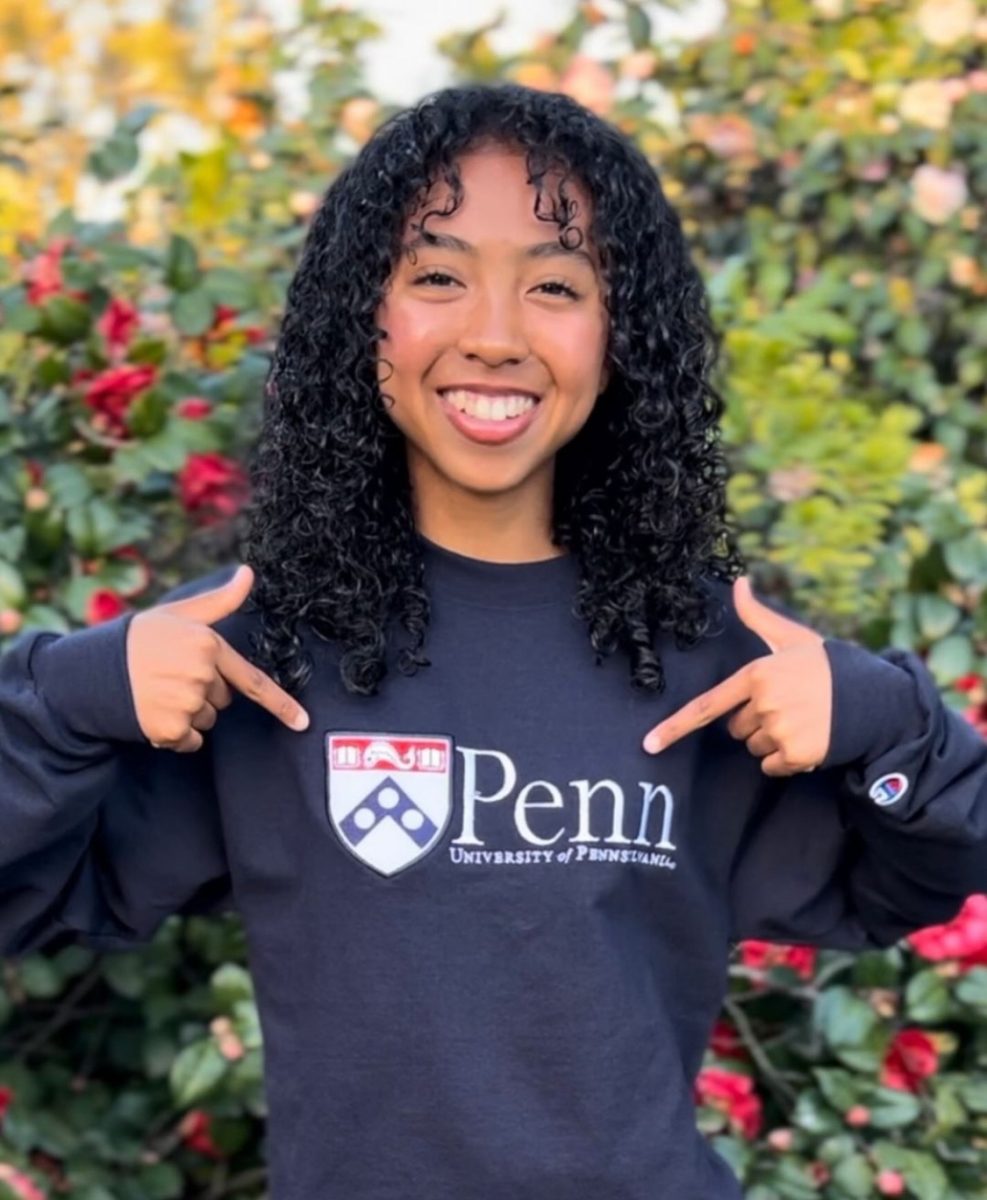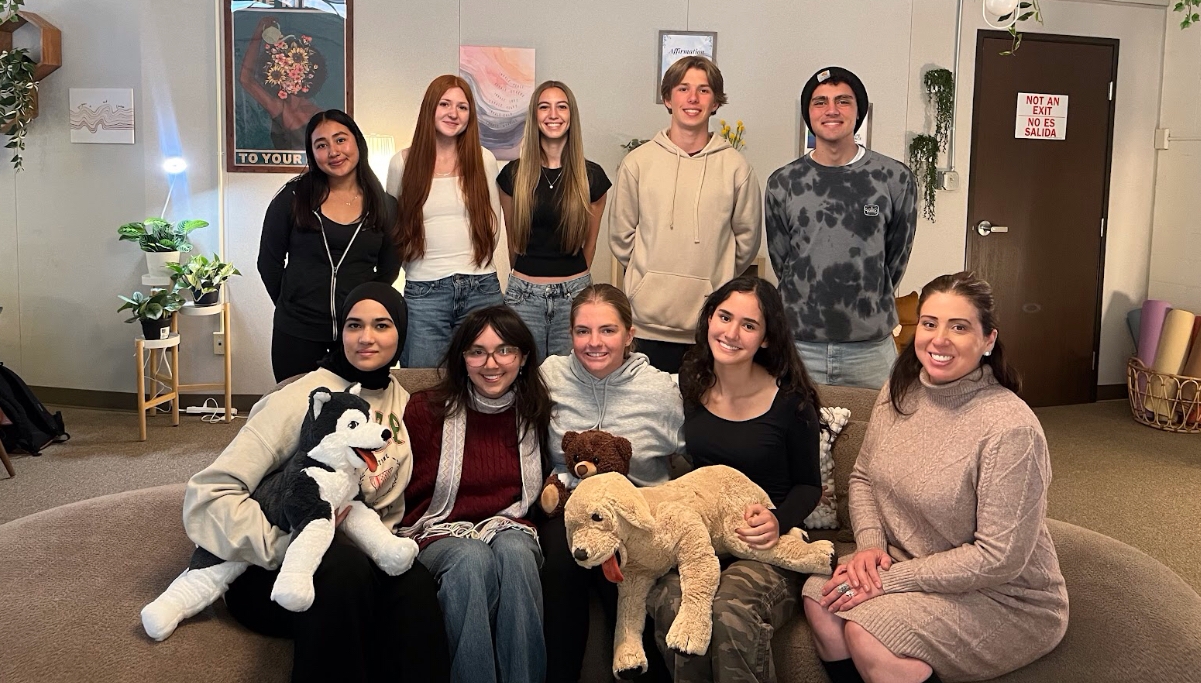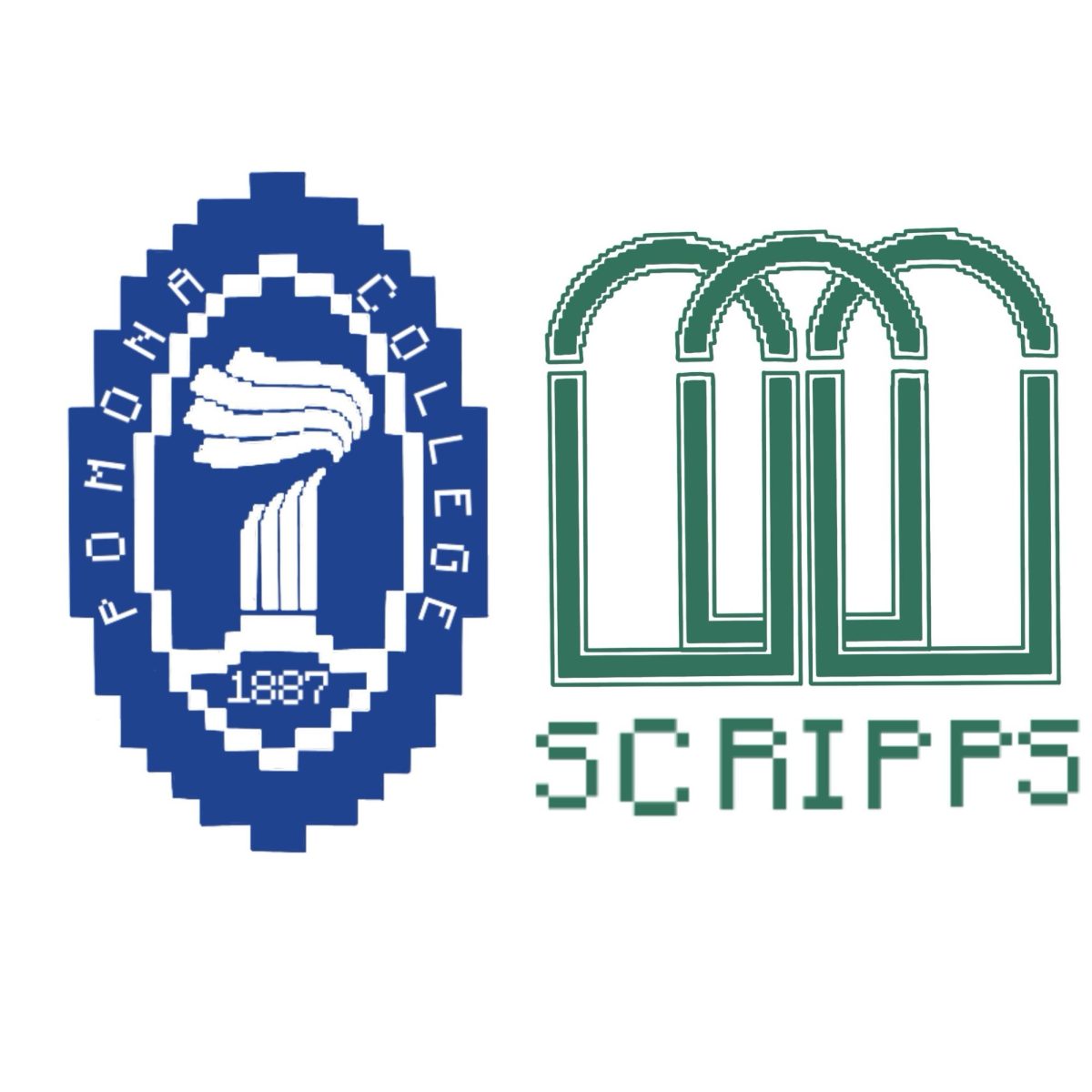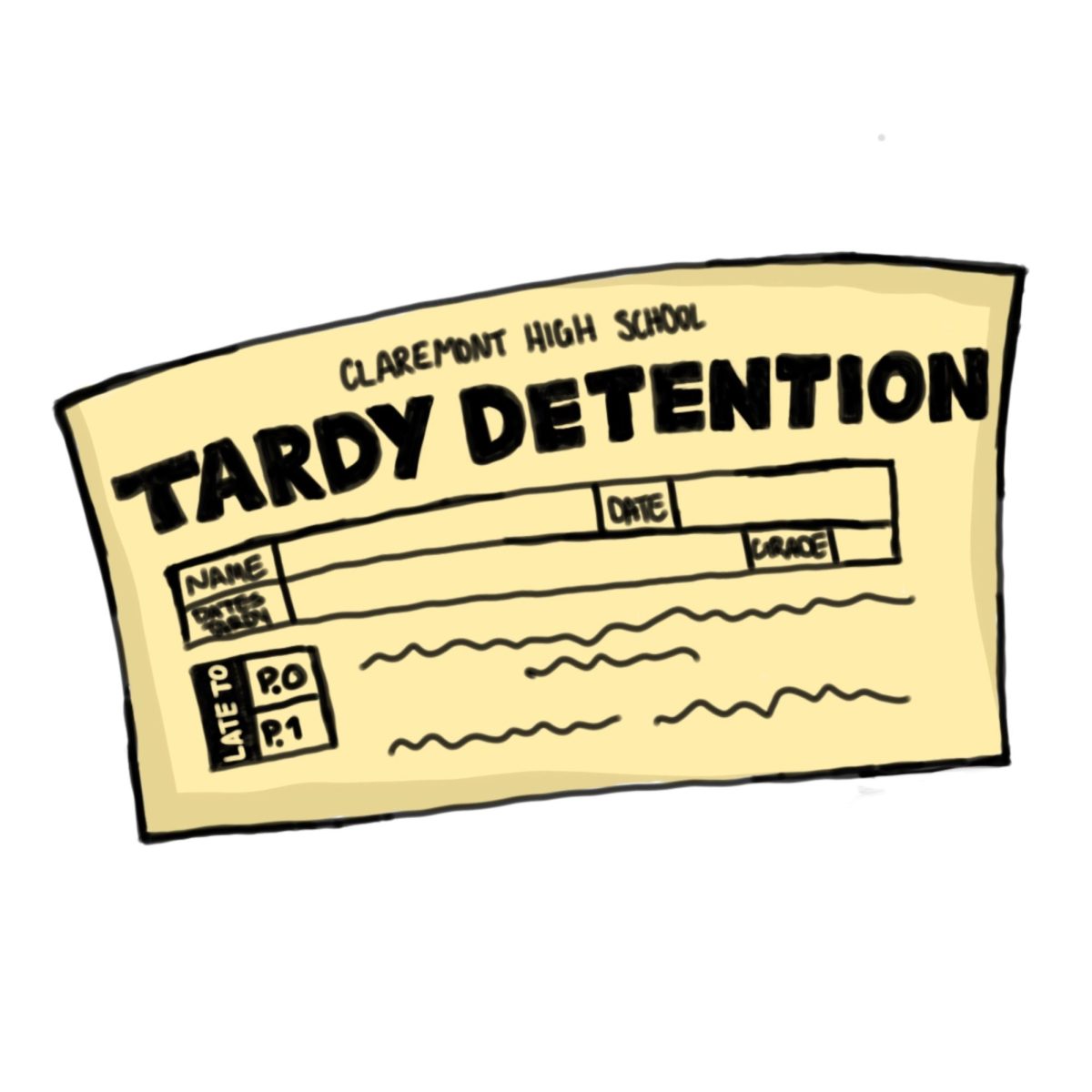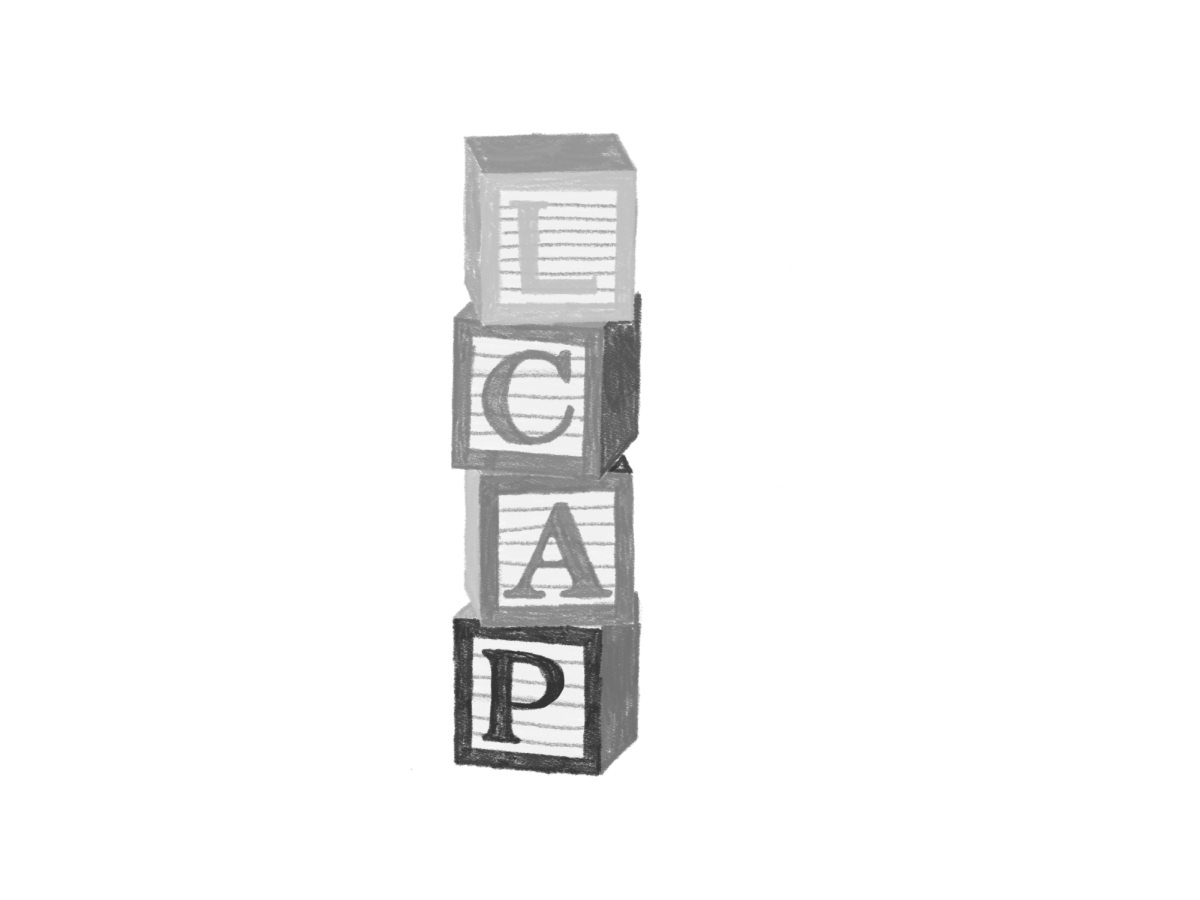Inclusivity, the struggle for equal opportunities, is ever so prominent in the lives of Claremont students. Claremont Unified School District (CUSD) boasts a comprehensive range of special education, programs and services. Committed to providing appropriate support for students with disabilities, the district’s Special Education program encompasses speech and language support, adapted physical education, resource specialized support, and specialized classes.
Earlier this year, the CUSD Board of Education unanimously approved its 2023-2027 Equity Action Plan, signaling a steadfast commitment to fostering an inclusive learning environment for all students. Delving into the plan reveals compelling statistics. In 2022-2023, 13.1% of CUSD students, totaling 837 individuals, were enrolled in special education programs. In Focus Area 1 of the plan, Academic Achievement and Instruction, data highlights the need for targeted support, with only 25.41% of special education students meeting or exceeding the ELA CAASPP standard and 17.18% in math. Additionally, the A-G completion rate stands at 21.7%, significantly lower when compared to the district’s overall percentage of 61.7%. These disparities underscore the importance of equitable opportunities for all students.
Focus Area 2: The Whole Child, which addresses the holistic development of students, aims to cultivate a sense of belonging and inclusion for every student. The Equity Action Plan sets a goal: “By June 2026, LCAP survey data will show that 95% of students feel that school is a place they belong and are included in activities.” However, amidst this commendable aspiration lies a critical oversight. Strategy 2.6 of the plan outlines the creation of additional opportunities for the inclusion of student voices in school and district initiatives. While laudable, it is imperative to note that the voices of special education students are notably absent from these strategies. In order to authentically advocate for inclusivity, all students should actively be encouraged to voice their perspectives.
Bob Fass, president of the CUSD Board of Education discussed the Equality Advisory Council, a board composed of community members, educators and students.
“Special education students are represented by student leaders and there is nothing prohibiting a special education student from expressing interest,” Fass said.
Fass continued to clarify that all secondary students are given the opportunity to participate in the Equity Advisory Council. Presently there are two students from San Antonio High School and CHS who serve advisory roles on the school board, none of whom are enrolled in special education.
However, without the integration of special education students themselves within leadership positions, it is extremely difficult to accurately understand their perspectives. For example, ASB (the associated student body) currently has no special education students present within their members. This critical flaw leads to the absence of special education students’ voices in important school matters and decisions. In order to foster a more inclusive environment, students within special education should be offered positions within student leadership. Merely stating that there is nothing prohibiting special education students from joining school leadership is not enough. It should be openly encouraged and advertised so that opportunities can reach its targeted audiences.
Sarah Estrada, CUSD director of Special Education, further elaborated on actions currently in progress to give special education students equal opportunities and a chance for CUSD to further inclusivity.
“School leadership teams are taking a closer look at their application processes for site clubs, councils, activities to ensure equitable access for all students,” Estrada said. “Student support plans for field trips and school activities are worked on collaboratively between site administrators and the special education office, to ensure individual student access throughout the school year.”
With special education students comprising 13.1% of the CUSD student body, their perspectives and experiences are an integral part in shaping a truly inclusive environment. Initiatives aimed at amplifying student voices must actively include the input of special education students, ensuring that their perspectives are considered in decision-making processes.
Estrada emphasized the importance of intent when it comes to planning events. Having the intention of being inclusive at the initial step of the planning process will broaden the all-around inclusiveness.
“It truly takes the commitment of the whole community to continue building a culture and climate of inclusivity,” Estrada said. “One important step in creating an inclusive environment is to keep the accessibility of all students in mind, from the initial planning stages of activities and initiatives. If we plan for all students to be included and to have meaningful participation from the inception, we are being intentional about not creating more barriers for our students.”
As CUSD continues its journey towards fostering inclusivity, it is integral to embrace a holistic approach that celebrates diversity and empowers every student to succeed. By advocating for equitable opportunities and amplifying the voices of all students, CUSD will reaffirm its commitment to excellence and inclusivity in education.








